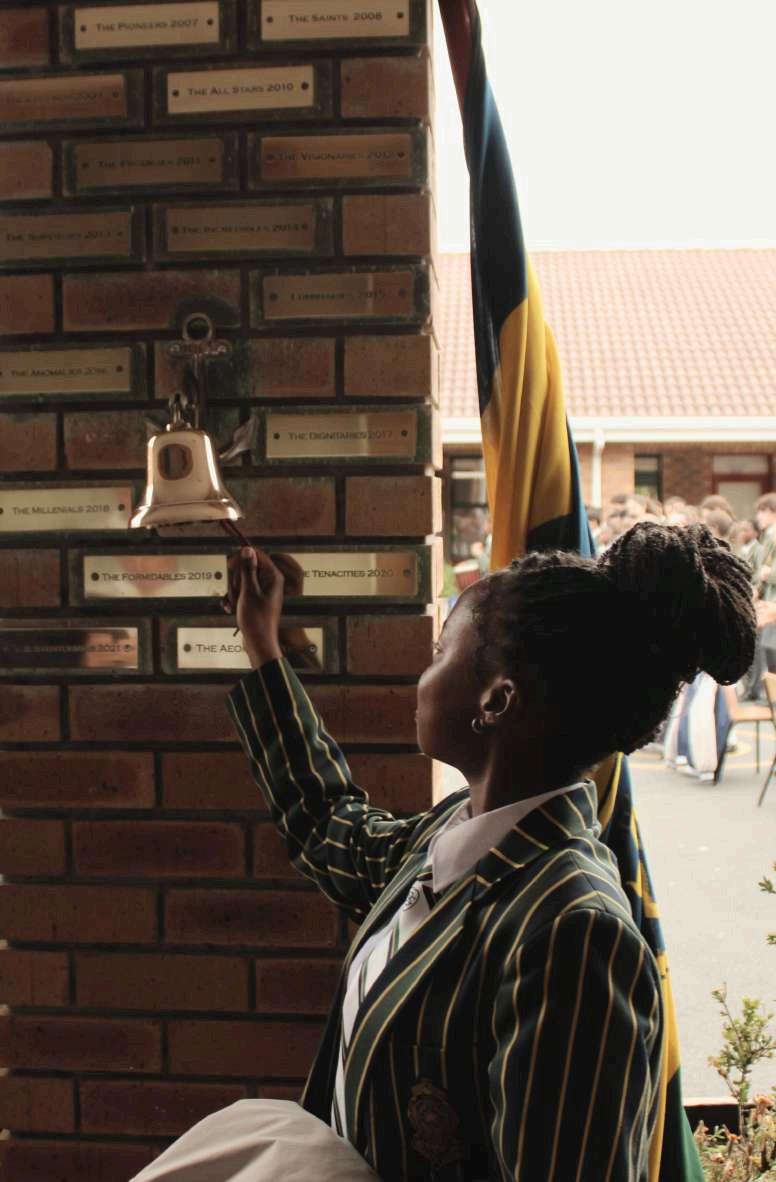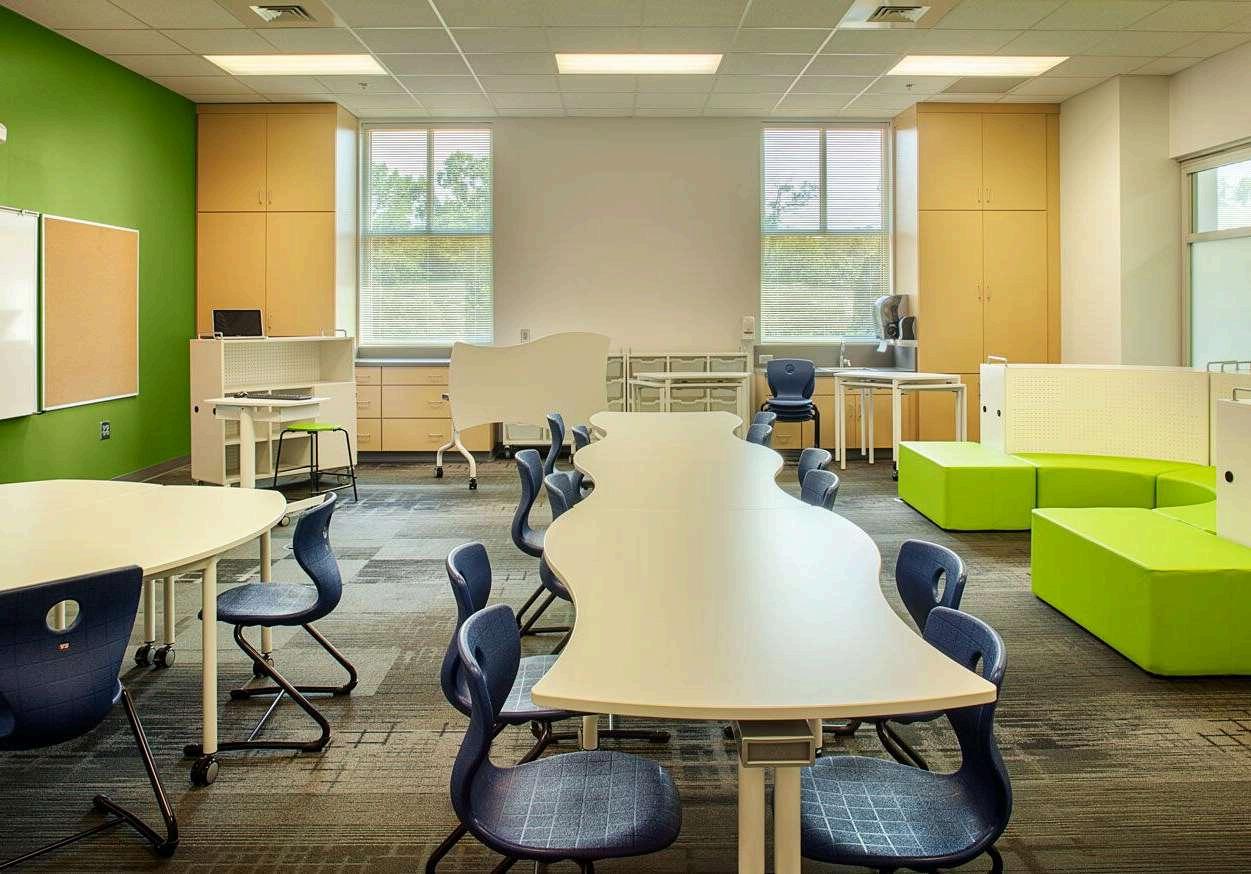














Modern schools must prepare students for a future of dynamic opportunities and technological innovation. Creating a new system that will fit the needs of students for the next century will be a multifaceted endeavour. The construction of a modern school should not only focus on futuristic architecture or the latest technology but also on designing advanced learning spaces and environments.


In the last decade, school education has undergone rapid transformation with the introduction of unique learning facilities and technology-enabled classrooms.
As a result, parents are increasingly looking for enriching and nurturing learning experiences for their children. They want schools that can provide a multifaceted learning journey for their children. Education today focuses more on the overall experience. Schools must offer a holistic curriculum that includes STEAM (Science, Technology, Engineering, Arts, & Mathematics), Languages, Indoor and Outdoor Programmes.
The McKinsey 7s Model emphasizes that all seven steps must be interconnected and aligned to effectively achieve and guide the transition process.
Systems
Staff


STRUCTURE





The College Leadership Team exercises strategic leadership endorsed by the Board. This leadership is characterized by robust, collaborative, flexible, and responsive strategic thinking and action, ensuring that the College remains competitive and offers a high standard of holistic, contemporary education.
2. School Improvement Plan
College Effectiveness Indicators are used to assess the impact of the Strategic Plan.




The College governance structures, policies and procedures comply with the Constitution and good governance requirements.
Alignment and consistency between the College's Board structure, operations, and CBA are maintained and aligned with the College's Strategic Plan.

1. Recruitment + Retention of Staff
Develop a strategy to recruit the best teachers, educational leaders, and specialist staff.
2. Support Staff
Recruitment and development of quality support staff.
3. Role Alignment
Leadership responsibilities and role descriptions are aligned with the strategic and operational priorities of the College.
4. Safety Culture
Staff are trained in and compliant with all mandated Child Safeguarding and Health and Safety requirements.
The College's communication and consultation strategy is meaningful and timely and engages parents, staff, and the Board in dialogue, consultation, and communication.
Social media and technology are used appropriately to enhance aspects of school organization and community interaction at the College and beyond.


1. CBA
Support role played by the CBA.
2. CSO
Liaison and support of local Catholic Schools Office
3. EREBB
Engaging with wider network to foster closer working relationships and sharing of best practices.



1. Religious Education
Religious Literacy & Items
Religious Education Pedagogy
4. Edmund Rice Charism & Global Network
Engaging with the Charism of Blessed Edmund Rice
Edmund Rice Networks 2. Formation Faith Formation 5. Social Justice & Outreach
Contemporary Social Justice Issues 3. Parish Partnership Sacramental Education Programmes
Student Engagement






1. An Expert Teaching Team Learning Framework Capacity Building A Culture of Professional Learning
2. Engaging & Relevant Curriculum
Providing a curriculum to meet students’ abilities, interests and career aspirations
3. Technology Integration Equipment, Software
4. Differentiated Teaching & Learning A Whole-School Approach to Differentiated Learning Identifying Learning Needs Students with specific learning needs
5. Dynamic Co-curricular Programme
Co-curricular Programme
Sports, Arts, Culture & IT







The quality of the classroom environment is important for students' well-being and academic learning.
It's essential to recognize that new teaching methods, curricula, and personalized learning through technology must complement these modern learning spaces.
The physical layout of classrooms is evolving to accommodate the new active learning approach. Technology and flexible furniture facilitate these active learning environments, providing work surfaces and seating that allow students to choose their seating, location, and comfort.
Traditional classroom design met the learning objectives for the 20th century but not the 21st. Education today emphasizes the importance of developing transferable skills like creativity, communication, critical thinking, and collaboration to prepare for the future of work in a global economy.
The focus for students has moved from memorizing content to learning how to learn, as this skill will be highly valued in the coming decades. This creates more powerful learning experiences for students.



Today, education is not only about academics. It is more about developing life skills through wide-ranging activities. In this contemporary world, schools that can provide stateof-the-art facilities and compelling learning experiences can make a difference and have remarkable impacts on students' lives.
Many economists believe that the future of work for today's students is still being determined. The World Economic Forum's report states that the evolution of flexible working environments is the primary driver of global business.
Classrooms must mirror the new types of working environments in companies and organizations as we prepare students for the future.


Many schools have updated classroom designs, but most remain unchanged from 20 years ago. Classrooms should be transformed into active learning environments with technology integration to foster student engagement, critical thinking, creativity, and collaboration, skills sought after by employers.
With an uncertain work future for today’s students, it is important to recognize that these skills are transferable and are already prized in the workplace
Flexible learning environments facilitate student-centered classrooms where students take responsibility for learning and have personalized support for where and how they learn best.






The school changes are designed to align education with current and future work environments by emphasizing collaboration and communication skills valued in the professional world.
Many schools have already started implementing flexible learning environments, along with tailored professional development and student-centered curricula to better prepare students for life beyond school.



1. Student Wellbeing
Wellbeing as a School
Community Imperative
Respectful Relationships
Student Leadership 2. Programmes & Structures
Positive Learning Behaviours
Outdoor Education 3. Student Safety
Digital Technology
Student Wellbeing
An Inclusive Community
4. School Community Wellbeing
Pastoral Support
Staff Wellbeing
Staff Voice





